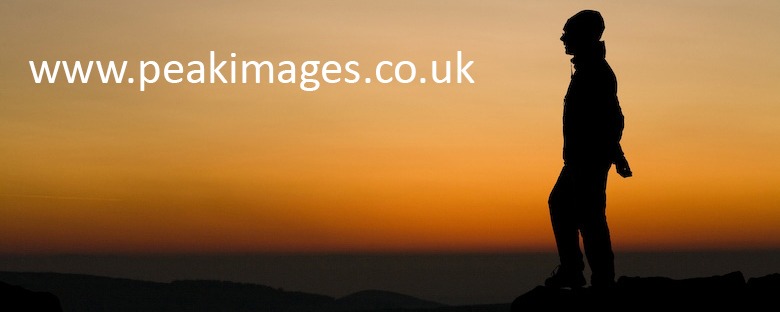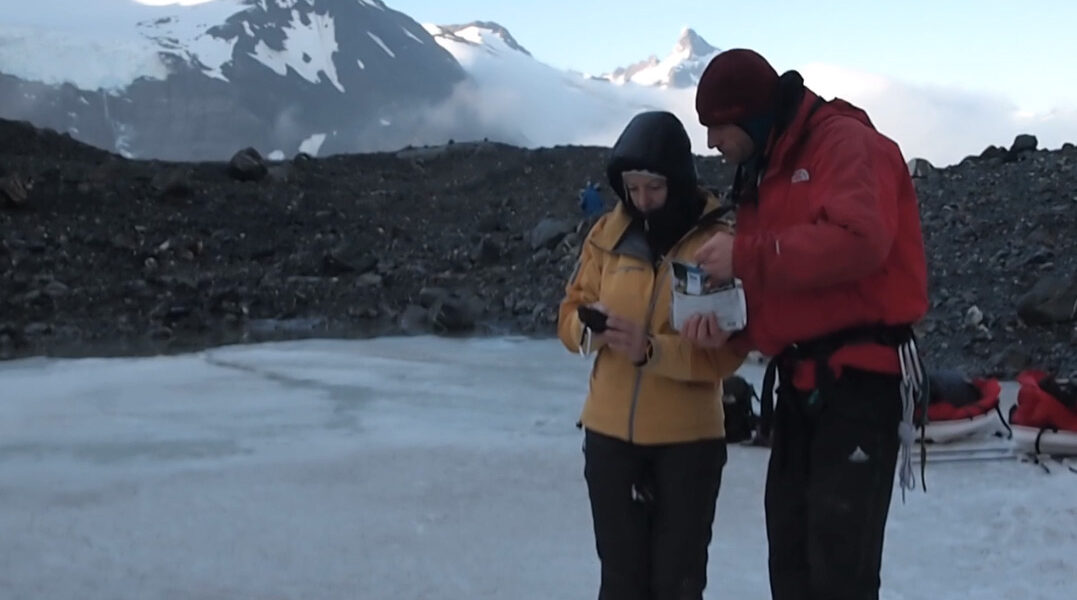Cooking

Frame Grab image of cooking in the tent
The MSR XGK Stove (provided by Oceanwide) gave me a few nightmares when we tested it in the Netherlands on the weekend before the boat sailed. The yellow priming flame common to fuel stoves roared to an amazing 18inches of height on the dockside, and I couldn’t help but think it was a serious fire risk to use in the tent (which given the typical windy and wet/snowy weather in South Georgia, was bound to happen).
But in use on the mountain, it wasn’t half as much a problem. Perhaps the damp air kept the height of the priming flame down, perhaps the drizzle made the tent more flame resistant 😉 but if lit with the tent vestibule door propped well open, it soon settled down to the roaring but controlled blue cooking flame, and proved very reliable. Though having said that, Bruce’s line of “the water is not getting hot!” after quite a lot of time (15-20mins?) trying to melt a large pan of snow was spot on.
We used MSR pans – each tent had two huge ones (I think 5l and 3l) for melting and boiling snow in. This was a good system (although it only needed one pan for cooking, and it took a very long time to melt the snow) as it avoided any washing up. But pre-packaged dehydrated “ready-meals” (that you just add boiling water to) are neccessary to make that system work – or you’ll have to figure out a system of washing grufty pans that doesn’t dump the grufty water/leftovers into the environment – particularly in a place as special as South Georgia!
I found one alternative – Poly-Lina bags (available from many supermarkets – originally designed for storing portions of hot food from pan to freezer to microwave) are great as the dehydrated food can be emptied into them and boiling water poured on top without the bag melting. Of course, you need to be hungry enough to eat the food afterwards… but that’s a different issue!
I’d also add that even a 3l pan for cooking is too large, and that while a large pan for collecting snow is really useful, a smaller pan for actually “cooking” (melting) the snow would work better. Simply as the heat will get to melt around the edges of it more quickly, rather than a huge icy lump remaining in the middle for ages. And while that may mean you have to have several pan-loads worth of melted snow over the evening, rather than a single big pan’s melt, the typical frequency with which hot drinks are made compared to food eaten, that’s not neccesarily a bad thing. (And that’s also more use when temperatures are cold enough that you need to keep the stove going for heat while awake in the tent!)
Eating

FrameGrab - Chris eating Travelunch dehydrated food
I’m a rather awkward git when it comes to food, so I was pleased that Oceanwide decided to take Travelunch expedition packs for food. Having done some tests of which freeze-dried pre-packed food was the most edible at home, this was the manufacturer that came out on top (though Mountain House’s Spag Bol – from Hitch n Hike in the Hope Valley – was a close 2nd!).
But the thing I really got drastically wrong with my gear was too much food!
In a worry that there wouldn’t be enough of the packs that I liked (ie pasta italia) I brought out a few extra dinners, and lots of snacks from the UK. And then packed enough food to last 6 nights, eating a lot at night, and a fair few snacks during the day. But the reality was that I found it incredibly hard to eat anything on the mountain.
At 4:30am it was too early to eat a pack of couscous (let alone add extra ground almonds to it!) for breakfast, and I only tried that once – leaving half of it as I just couldn’t eat any more! Lunch didn’t happen, dry snacks were just too unappetising on the move, and by the time we knew we were actually stopping for long enough to be worthwhile cooking dinner on both evenings, that was then several hours after we’d stopped, and the appetite (if it had ever been there!) had long gone.
With hindsight, the things I’d pack for a second attempt on this route would be
- lots of Jelly Babies (the one pack I had got demolished by everyone on my string on the way up the Trident Col!) or similar sweets
- a fair bit of chocolate
- lots of those energy gel bars or lucozade (glucose) tablets
- just one pack of dried food for each dinner
- some chocolate biscuits for breakfast
- stuff that is high in sugar to give instant energy, is easily pocketable for during the day and definitely much less bulky and heavy than I took!
Unusually dry food such as muesli bars, cake and even one of my favourite hill foods – malt loaf, seemed unappetising on the mountain. A real contrast to previous trips when, although I’ve not eaten much during the day, I’ve been starving in the evening!
I reckon I probably lost 7-9kg in about 60hours on the mountain (but I’d also put on about 3-4kg the previous week with awesomely good food in the Falkland Isles 🙂 ) so that wasn’t too much of a worry! Obviously that’s not sustainable for a longer trip, but this was unusually short, and unusually disruptive in that (particularly after the Trident Col), it was very much an excercise in hurry up and wait. One where there was no real clue as to how long we would be stopping for, whenever we did pause. Just by their very nature, longer trips shouldn’t suffer as much from this!
NB Images in this post are frame grabs from video shot on the trip – so please excuse their lower quality than usual!

